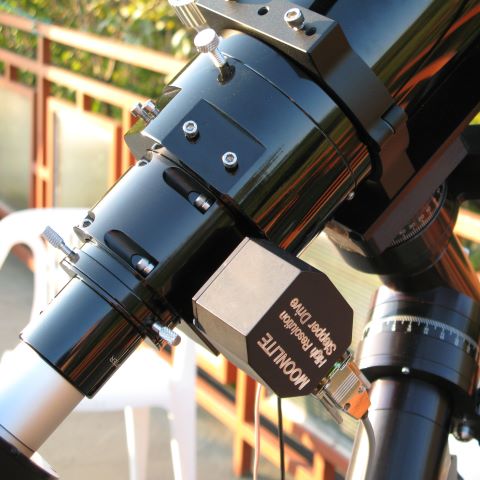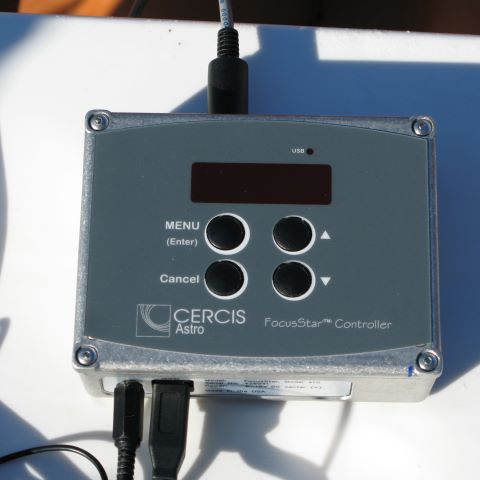
My primary imaging instrument is William Optics Zenithstar 105 ED refractor. Objective diameter of the telescope is 105mm and its focal length is 735mm giving an F7 system. With WO 0.8X focal reducer/corrector focal length of the ZS105 ED can be reduced to 588mm for F5.6 work, resulting in wider image field and shorter exposures. Reducer/corrector also flattens the image field of the telescope, but ST-2000XM/ZS105 ED combination has no problem with field curvature even without it.
The telescope is equipped with decent dual speed Crayford focuser suitable for astrophotography use. The focuser is rotateable which enables easier framing of objects on the CCD chip of the imager. The focuser is strong enough to hold my imaging gear. WO ZS105 ED gives overall impression of sturdy and well built instrument.


